Last updated on
Discover the key differences between integrated and replaceable LED fixtures for kitchen lighting. Make an informed decision on illuminating your culinary space effectively.
The kitchen is the heart of any home, and proper lighting is essential to make it functional and inviting. LED lights have become increasingly popular for kitchen lighting due to their energy efficiency, long lifespan, and versatility.
However, when it comes to choosing LED fixtures for your kitchen, you may be faced with a crucial decision: integrated or replaceable? In this article, we will explore the pros and cons of each option so that you can make an informed decision that best suits your needs.
Whether you’re remodeling your kitchen or simply upgrading your lighting fixtures, keep reading to learn more about integrated versus replaceable LED fixtures for kitchen lighting.
Key takeaways:
- Integrated LED fixtures offer better energy efficiency and longer lifespan.
- Integrated LEDs have sleek design and lower maintenance costs.
- Replaceable LED fixtures offer flexibility and customization options.
- Replaceable LEDs are easier to maintain and upgrade.
- Integrated LEDs are more energy efficient in the long run.
What's Inside
Integrated LED Fixtures
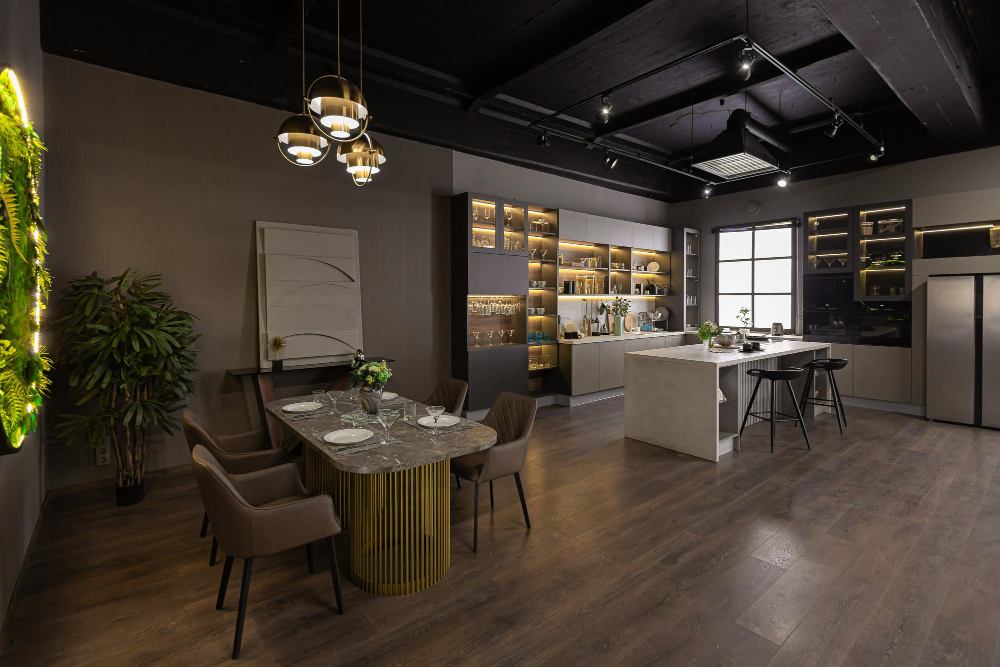
Integrated LED fixtures are lighting units that have the LED light source built into the fixture itself. This means that when it comes time to replace the bulbs, you will need to replace the entire fixture rather than just swapping out a bulb.
Integrated LEDs offer several advantages over their replaceable counterparts, including better energy efficiency and longer lifespan.
One of the main benefits of integrated LED fixtures is their superior energy efficiency. These lights use less power than traditional incandescent or fluorescent bulbs, which can lead to significant savings on your electricity bill over time.
Because they are designed as a single unit with no removable parts, there is less chance for heat loss or other inefficiencies.
Another advantage of integrated LEDs is their long lifespan compared to traditional lighting options. Most integrated LED fixtures come with warranties ranging from 5-10 years and can last up to 50 times longer than incandescent bulbs! This means fewer replacements and maintenance costs in both residential and commercial settings.
However, one potential downside of choosing an integrated LED fixture is its cost upfront compared to other lighting options like halogen or fluorescent lamps since you’re paying for both hardware (the light) and software (the driver).
But keep in mind that this initial investment pays off in terms of lower operating costs due mainly because these lights consume much less power while providing brighter illumination levels at higher color rendering indexes (CRI).
Replaceable LED Fixtures
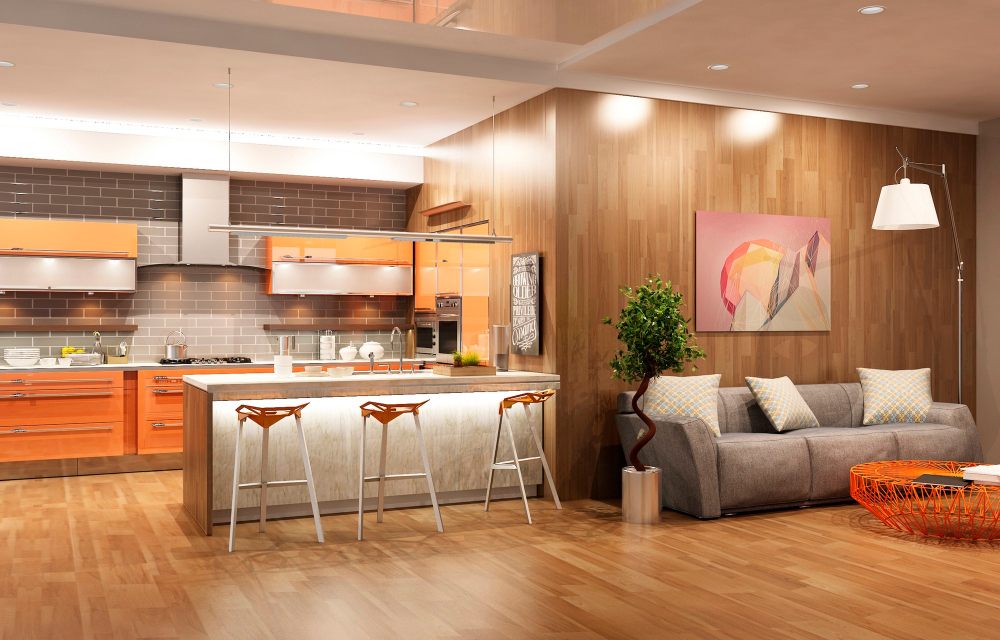
These fixtures come with replaceable bulbs that can be easily swapped out when they burn out or when you want to change the color temperature or brightness of your kitchen lighting. One of the main advantages of replaceable LED fixtures is their flexibility and versatility, as they allow you to customize your kitchen’s illumination according to your preferences.
Another benefit of using replaceable LEDs is that they tend to be less expensive than integrated ones, especially in terms of initial cost. While integrated LEDs may require professional installation and wiring, which can add up quickly in terms of labor costs, replacing an LED bulb on a fixture typically requires no special skills or tools.
However, one downside worth considering before opting for this type is that it may not offer uniform light distribution throughout the room since each bulb has its own beam angle and intensity level. If you choose low-quality bulbs with poor color rendering index (CRI), it could affect how well colors appear under them.
Pros of Integrated LEDs
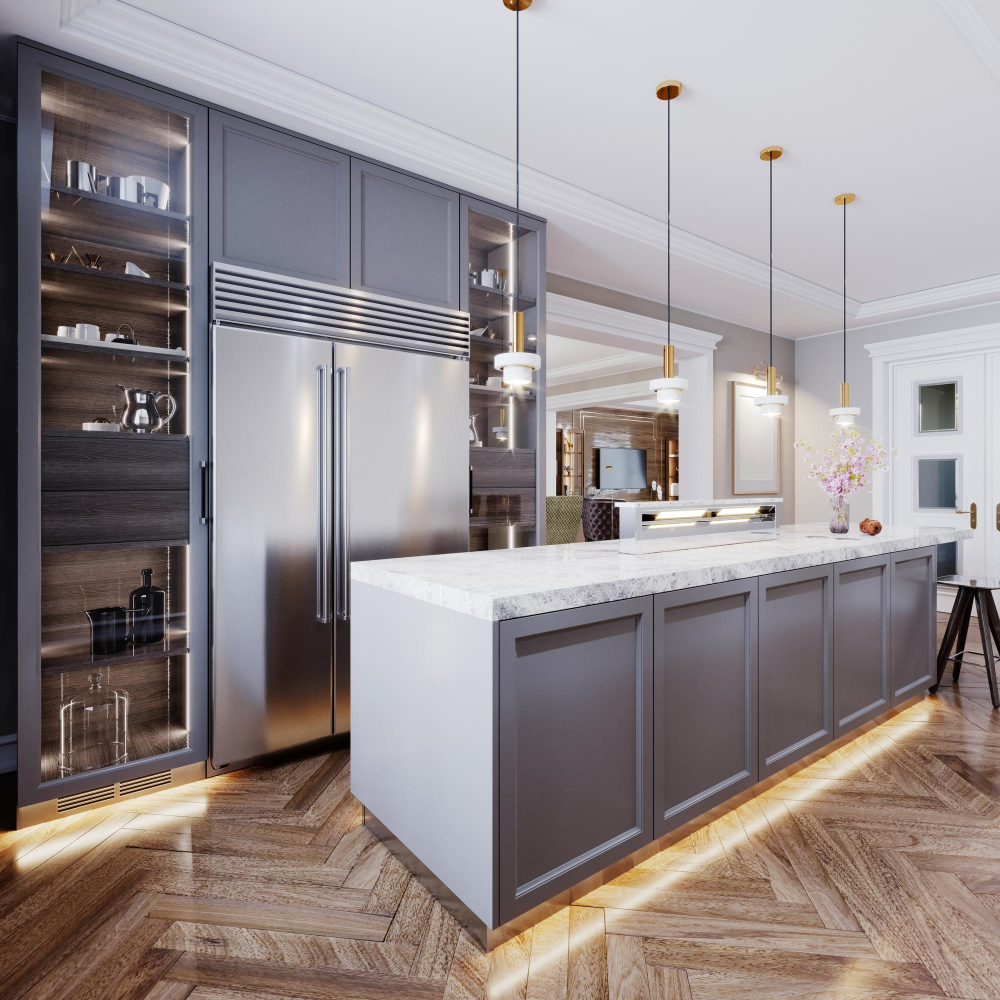
One of the main advantages of integrated LEDs is their sleek and modern design. Unlike replaceable LED bulbs that require a separate fixture to hold them in place, integrated LEDs are built directly into the fixture itself.
This means that they can be seamlessly incorporated into your kitchen’s overall design without any visible wires or bulky components.
Another advantage of integrated LEDs is their energy efficiency. Since they’re designed specifically for each fixture, they’re optimized to use less energy than traditional incandescent bulbs or even replaceable LED bulbs.
Since there are no separate parts to worry about replacing over time (such as lightbulbs), maintenance costs can be significantly lower with an integrated system compared to a replaceable one.
Cons of Integrated LEDs
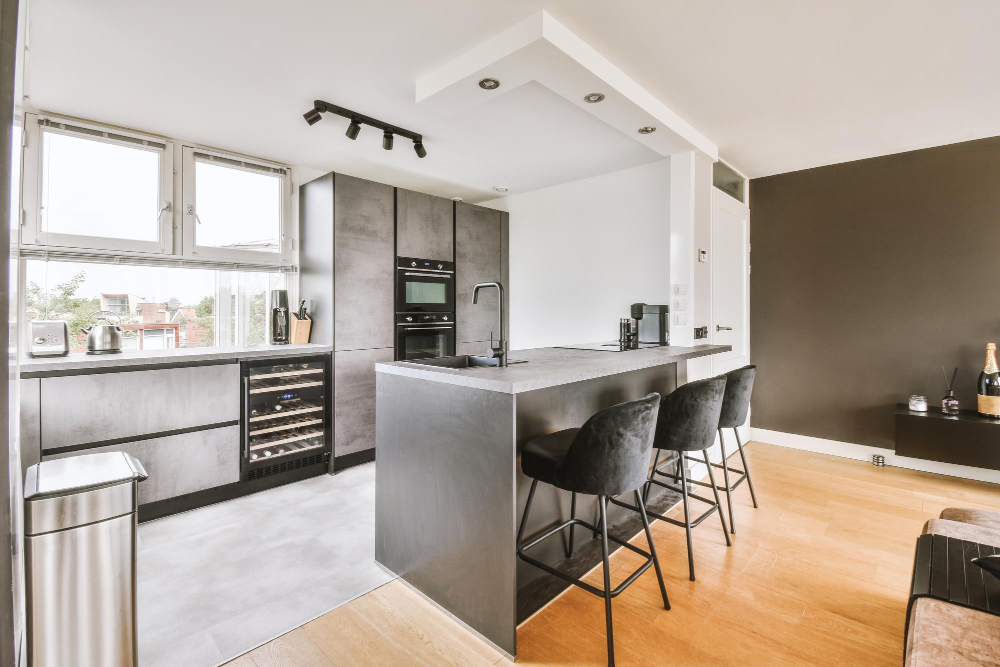
One significant disadvantage is the difficulty in replacing them once they burn out or become outdated. Since the LED chips are built into the fixture, you cannot simply replace them like you would with replaceable LEDs.
This means that if one part of an integrated fixture fails, it may require replacing the entire unit instead of just swapping out a single component. This can be costly and time-consuming since installation requires more effort than changing bulbs in replaceable fixtures.
Another downside to integrated LED fixtures is their limited customization options compared to their counterparts. With most models having fixed color temperatures and brightness levels, it can be challenging to achieve your desired lighting ambiance without compromising on functionality.
Pros of Replaceable LEDs
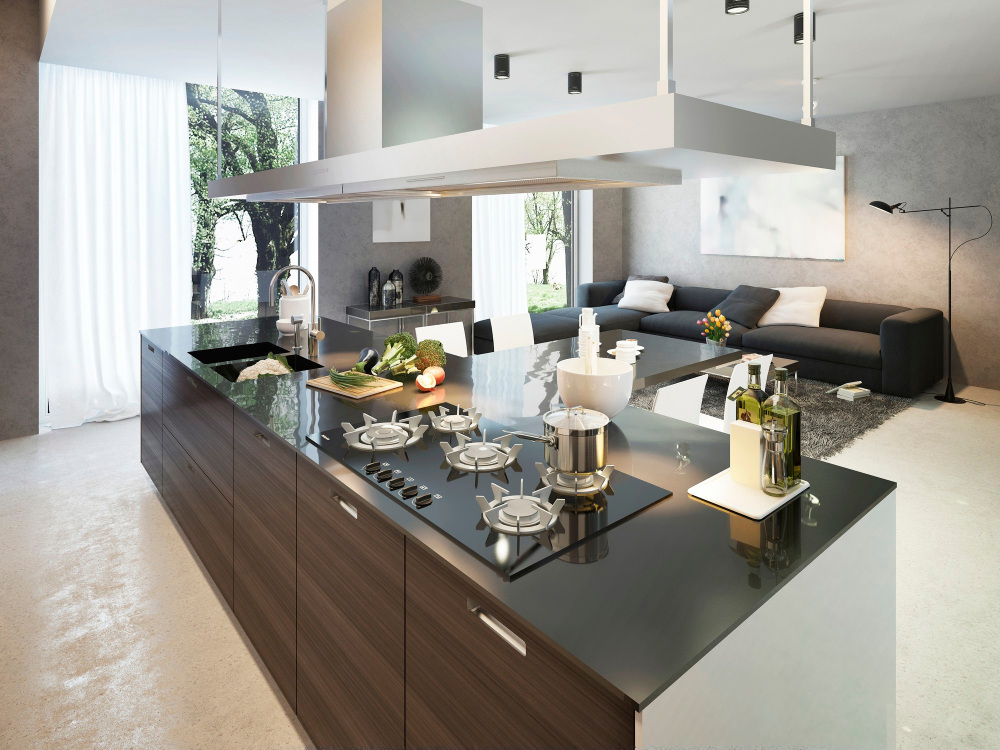
One of the most significant benefits is that they are easier to maintain and repair. If a replaceable LED bulb burns out, you can simply swap it with a new one without having to replace the entire fixture.
Another advantage is that you can upgrade your lighting easily by replacing old bulbs with newer, more efficient models as technology advances. This means that even if your initial investment in LED fixtures was costly, you won’t have to spend as much money on replacements down the line.
Replaceable LEDs offer greater flexibility when it comes to customization and design options since they come in various shapes and sizes. You can choose from different color temperatures or dimming options depending on your preferences.
Cons of Replaceable LEDs
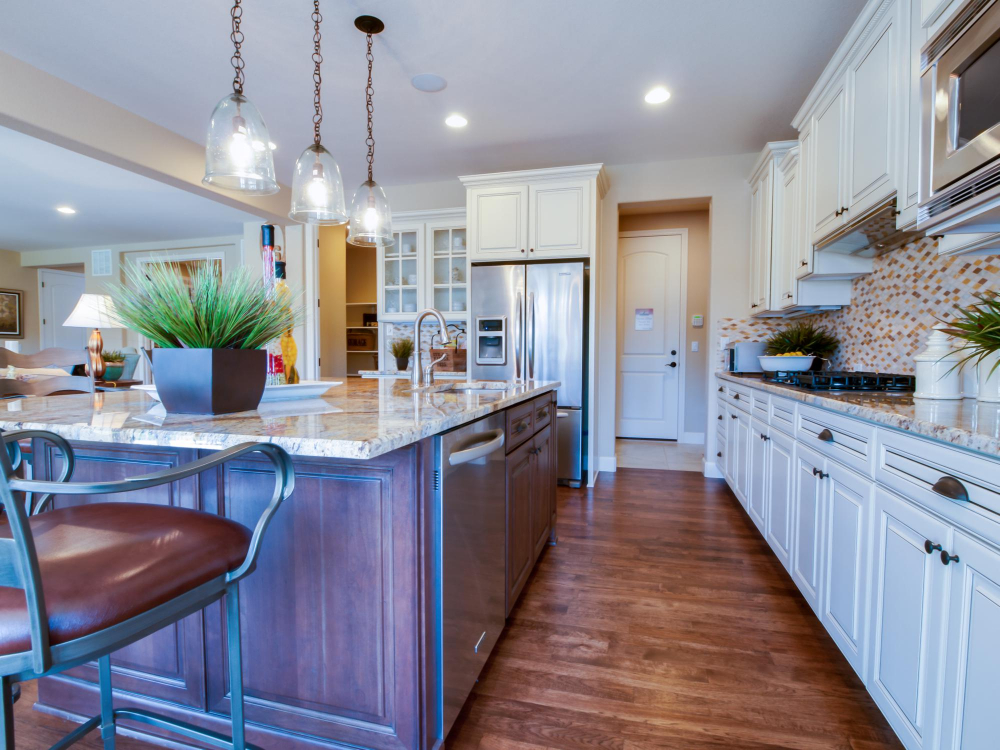
One of the main cons is that they require more maintenance than integrated LEDs. Since the bulbs can be easily replaced, it’s up to you to keep track of when each bulb needs changing and then purchase and install new ones as needed.
Another disadvantage is that replaceable LED fixtures tend to be less energy-efficient than integrated ones. This is because there are often small gaps between the bulb and fixture where light can escape, leading to wasted energy.
While replacing a single bulb may seem like an easy task at first glance, it can actually become quite time-consuming if you have multiple fixtures in your kitchen or if your lights are installed in hard-to-reach areas such as high ceilings or above cabinets.
Energy Efficiency Comparison
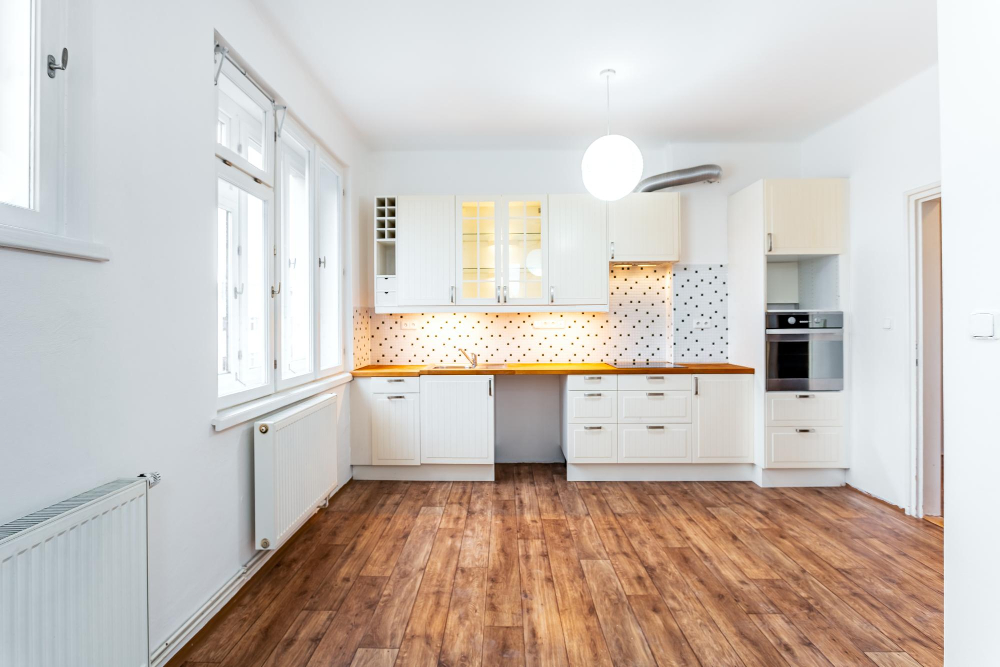
However, there is still a difference in energy consumption between integrated and replaceable LED fixtures. Integrated LEDs tend to be more efficient since they are designed specifically for their housing unit and have fewer components that can cause power loss or heat buildup.
On the other hand, replaceable LEDs may require additional wiring or connectors which can lead to some energy loss.
It’s important to note that both types of LED fixtures will save you money on your electricity bill compared to traditional lighting options. However, if you’re looking for maximum efficiency and cost savings in the long run, integrated LEDs may be your best bet.
Cost Analysis: Initial & Long-term

Integrated LED fixtures are generally more expensive upfront than their replaceable counterparts. However, they tend to have a longer lifespan and require less maintenance over time, making them more cost-effective in the long run.
On the other hand, while replaceable LEDs may seem like a cheaper option initially due to their lower price point, they will eventually need replacement bulbs or modules as they burn out over time. This can add up in terms of both money spent on replacements and time spent replacing them.
It’s important to consider both initial costs and long-term expenses when deciding which type of fixture is right for you. If you’re planning on staying in your home for many years or want low-maintenance lighting options that won’t require frequent bulb changes or module replacements down the line – then integrated LEDs might be worth investing in despite higher upfront costs.
Kitchen Lighting Design Tips
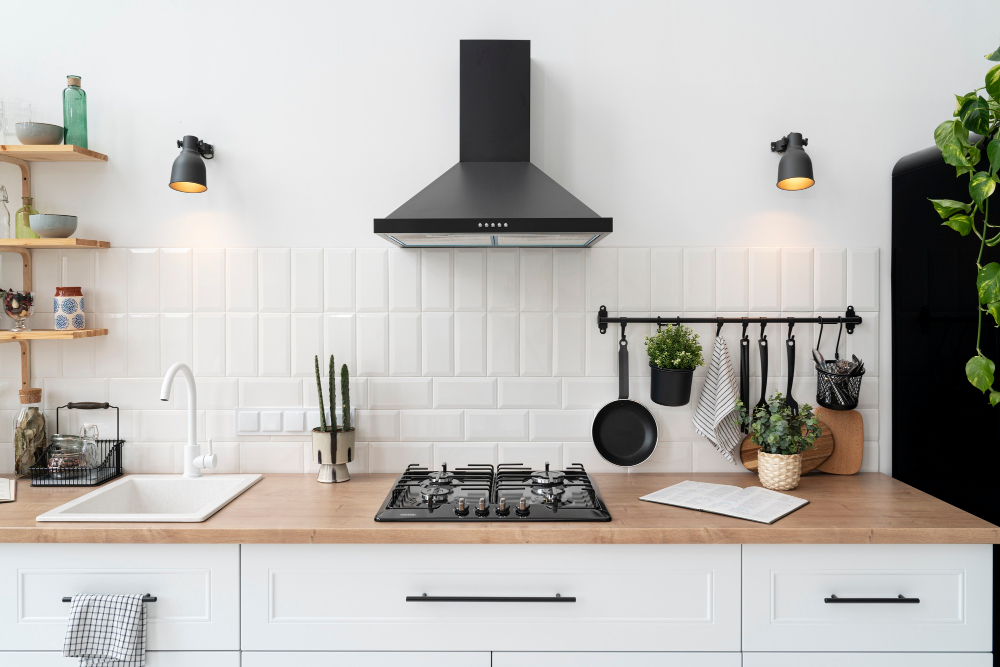
First, consider layering your lighting with different types of fixtures such as overhead lights, under-cabinet lights, and task lighting. This will provide ample illumination for all areas of the kitchen while also creating depth and dimension.
Another important factor to keep in mind is color temperature. Choosing warm white or soft white bulbs can create a cozy atmosphere while cool white or daylight bulbs are ideal for task-oriented spaces like countertops.
Don’t forget about dimmer switches! They allow you to adjust the brightness level according to your needs and mood.
Lastly, make sure that your chosen LED fixtures complement the overall style of your kitchen decor. Whether you prefer modern minimalism or rustic charm – there’s an LED fixture out there that will fit perfectly into any design scheme!
By following these simple tips when designing your kitchen lighting plan – whether using integrated or replaceable LEDs- you’ll be able to achieve both practicality and aesthetics in one fell swoop!




